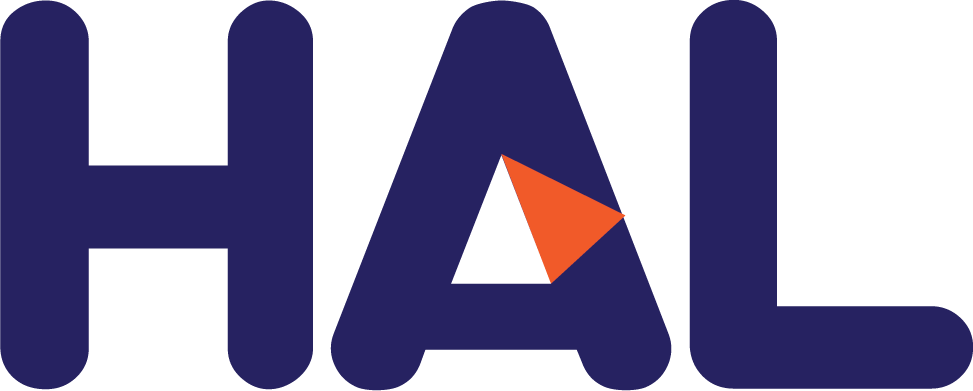| http://purl.org/dc/terms/isPartOf |
https://hal.science/SU-SCIENCES |
| http://data.archives-ouvertes.fr/schema/topic |
https://data.archives-ouvertes.fr/subject/phys.qphy |
| http://purl.org/dc/terms/isPartOf |
https://hal.science/SU-TI |
| http://purl.org/dc/terms/isVersionOf |
https://data.archives-ouvertes.fr/document/hal-00000001 |
| http://purl.org/dc/terms/references |
https://doi.org/10.1002/qua.560180819 |
| http://purl.org/dc/terms/issued |
2001 |
| http://purl.org/dc/terms/identifier |
https://hal.science/hal-00000001 |
| http://purl.org/dc/terms/isPartOf |
https://hal.science/SORBONNE-UNIVERSITE |
| http://purl.org/dc/terms/references |
https://doi.org/10.1016/s0375-9601(99)00646-5 |
| http://purl.org/dc/terms/isPartOf |
https://hal.science/SHS |
| http://purl.org/dc/terms/isPartOf |
https://hal.science/CIREL-FORMATION |
| http://purl.org/dc/terms/isPartOf |
https://hal.science/HIPHISCITECH |
| http://purl.org/dc/terms/language |
http://lexvo.org/id/iso639-1/en |
| http://purl.org/dc/elements/1.1/subject |
alternative theories |
| http://purl.org/dc/terms/isPartOf |
https://hal.science/OMNIPHILO |
| http://purl.org/dc/terms/isPartOf |
https://hal.science/ALLIANCE-SU |
| http://purl.org/dc/terms/isPartOf |
https://data.archives-ouvertes.fr/revue/2872 |
| http://www.w3.org/2002/07/owl#sameAs |
https://dx.doi.org/10.1119/1.1356698 |
| http://purl.org/dc/terms/references |
https://doi.org/10.1103/physreva.54.2759 |
| http://purl.org/dc/terms/identifier |
hal-00000001 |
| http://purl.org/dc/terms/type |
https://data.archives-ouvertes.fr/doctype/Article |
| http://purl.org/dc/terms/references |
https://doi.org/10.1103/physreva.39.2277 |
| http://purl.org/dc/terms/contributor |
_:vb865532 |
| http://purl.org/dc/terms/isPartOf |
https://hal.science |
| http://purl.org/dc/terms/creator |
_:vb865533 |
| http://purl.org/dc/terms/bibliographicCitation |
Franck Laloë. Do we really understand quantum mechanics?. American Journal of Physics, 2001, 69, pp.655 - 701. ⟨10.1119/1.1356698⟩. ⟨hal-00000001v2⟩ |
| http://purl.org/dc/terms/isPartOf |
https://hal.science/PSL |
| http://purl.org/dc/terms/isPartOf |
https://hal.science/ALLINSP |
| http://purl.org/dc/elements/1.1/subject |
quantum measurement |
| http://purl.org/dc/terms/isPartOf |
https://hal.science/ENS-PARIS |
| http://purl.org/ontology/bibo/volume |
69 |
| http://purl.org/dc/terms/isPartOf |
https://hal.science/ENS-PSL |
| http://www.w3.org/2002/07/owl#sameAs |
https://arxiv.org/abs/quant-ph/0209123 |
| http://purl.org/ontology/bibo/pageStart |
655 |
| http://purl.org/dc/terms/references |
https://hal.archives-ouvertes.fr/hal-00296897 |
| http://www.openarchives.org/ore/terms/aggregates |
https://hal.science/hal-00000001v2/file/mq-anglais.pdf |
| http://purl.org/dc/elements/1.1/subject |
Bell theorem |
| http://purl.org/dc/terms/available |
2004-11-14 |
| http://data.archives-ouvertes.fr/schema/arxiv |
quant-ph/0209123 |
| http://www.w3.org/1999/02/22-rdf-syntax-ns#type |
http://purl.org/spar/fabio/Article |
| http://purl.org/dc/terms/title |
Do we really understand quantum mechanics? |
| http://purl.org/dc/terms/references |
https://doi.org/10.1103/physrevlett.74.4091 |
| http://purl.org/dc/terms/modified |
2024-04-19T16:18:53 |
| http://purl.org/ontology/bibo/pageEnd |
701 |
| http://purl.org/dc/terms/references |
http://arxiv.org/abs/quant-ph/9606004 |
| http://purl.org/dc/terms/references |
https://doi.org/10.1119/1.16243 |
| http://purl.org/dc/terms/abstract |
This article presents a general discussion of several aspects of our present understanding of quantum mechanics. The emphasis is put on the very special correlations that this theory makes possible: they are forbidden by very general arguments based on realism and local causality. In fact, these correlations are completely impossible in any circumstance, except the very special situations designed by physicists especially to observe these purely quantum effects. Another general point that is emphasized is the necessity for the theory to predict the emergence of a single result in a single realization of an experiment. For this purpose, orthodox quantum mechanics introduces a special postulate: the reduction of the state vector, which comes in addition to the Schrödinger evolution postulate. Nevertheless, the presence in parallel of two evolution processes of the same object (the state vector) maybe a potential source for conflicts; various attitudes that are possible to avoid this problem are discussed in this text. After a brief historical introduction, recalling how the very special status of the state vector has emerged in quantum mechanics, various conceptual difficulties are introduced and discussed. The Einstein Podolsky Rosen (EPR) theorem is presented with the help of a botanical parable, in a way that emphasizes how deeply the EPR reasoning is rooted into what is often called "scientific method''. In another section the GHZ argument, the Hardy impossibilities, as well as the BKS theorem are introduced in simple terms. |
| http://purl.org/dc/terms/isPartOf |
https://hal.science/LKB |
| http://purl.org/dc/terms/created |
2004-11-14T12:50:42 |
| http://purl.org/dc/elements/1.1/subject |
foundations of quantum mechanics |
| http://data.archives-ouvertes.fr/schema/topic |
https://data.archives-ouvertes.fr/subject/shs.hisphilso |
| http://purl.org/ontology/bibo/doi |
10.1119/1.1356698 |
| http://purl.org/dc/terms/isPartOf |
https://hal.science/CNRS |
| http://purl.org/dc/terms/isPartOf |
https://hal.science/UPMC_POLE_2 |
| http://purl.org/dc/terms/references |
http://arxiv.org/abs/quant-ph/9810028 |
| http://purl.org/dc/elements/1.1/subject |
GHZ theorem |
| http://purl.org/dc/terms/isPartOf |
https://hal.science/UPMC |
| http://purl.org/dc/elements/1.1/language |
en |
